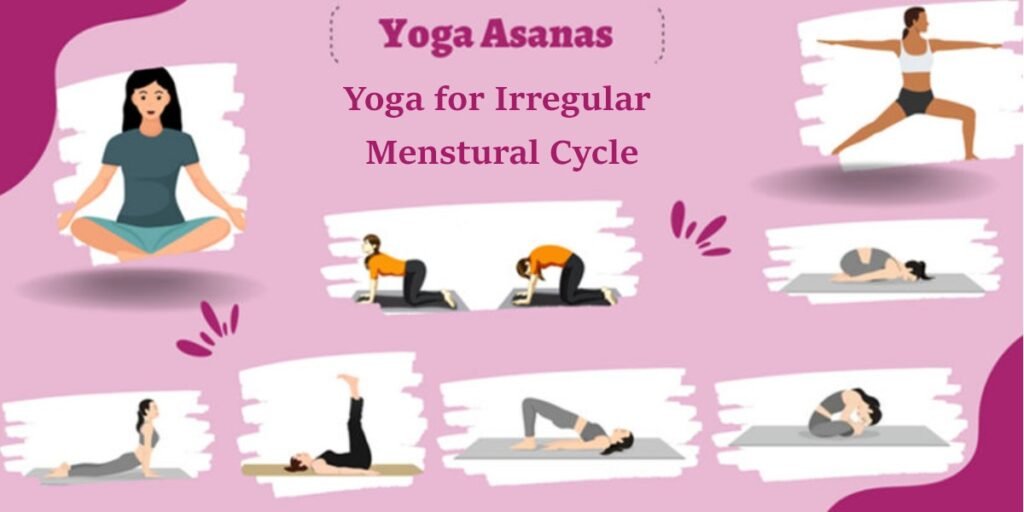Many people turn to birth control not only for contraception but also as a tool to regulate their menstrual cycles. Hormonal birth control methods can be effective in managing irregular periods, reducing heavy bleeding, and alleviating painful menstruation. However, like any medical intervention, they come with benefits and drawbacks.
This article dives deep into how birth control helps regulate periods, the types commonly used, and the pros and cons to consider before starting.
⚙️ How Birth Control Regulates Your Menstrual Cycle
Hormonal birth control works by altering your body’s natural hormone levels—primarily estrogen and progesterone—to control ovulation and stabilize the uterine lining. By doing this, it:
- Prevents ovulation, so there’s no egg release each month
- Creates a predictable withdrawal bleed (a “period”) during the placebo or hormone-free interval
- Reduces endometrial buildup, leading to lighter bleeding
- Decreases menstrual cramps and PMS symptoms for many users
🩺 Common Types of Birth Control Used for Cycle Regulation
1. Combined Oral Contraceptive Pills (COCs)
Contain both estrogen and progestin. Taken daily in a 21-day active + 7-day placebo schedule (or extended cycle options).
2. Progestin-Only Pills (Mini-Pills)
Contain only progestin; often used by those who can’t take estrogen.
3. Hormonal IUDs (Intrauterine Devices)
Release progestin locally into the uterus, reducing bleeding and sometimes stopping periods altogether.
4. Birth Control Shots (Depo-Provera)
Progestin injection every 3 months; often causes amenorrhea.
5. Hormonal Implants
Small rod inserted under the skin releasing progestin, effective for several years.
6. Birth Control Patch or Vaginal Ring
Deliver hormones transdermally or vaginally, similar to COCs.
✅ Pros of Using Birth Control for Menstrual Regulation
1. Predictability and Control
- Periods become more regular and predictable, easing planning and reducing anxiety over unexpected bleeding.
2. Reduced Menstrual Symptoms
- Many users experience less cramping, lighter bleeding, and reduced PMS or PMDD symptoms.
3. Treatment of Underlying Conditions
- Effective for managing symptoms of PCOS, endometriosis, adenomyosis, and heavy menstrual bleeding.
4. Contraception
- Provides reliable birth control alongside menstrual regulation.
5. Improved Quality of Life
- Regular, lighter periods can improve daily comfort, reduce absenteeism, and enhance overall well-being.
❌ Cons and Potential Side Effects
1. Hormonal Side Effects
- Some users experience mood swings, weight changes, breast tenderness, nausea, or headaches.
2. Risk of Blood Clots
- Estrogen-containing methods increase the risk of venous thromboembolism, especially in smokers or women over 35.
3. Spotting and Irregular Bleeding
- Breakthrough bleeding or spotting may occur, especially in the first few months.
4. Not a Cure for Underlying Issues
- Birth control masks symptoms but may not address root causes like thyroid dysfunction or severe PCOS.
5. Possible Delay in Fertility Return
- Fertility generally returns quickly after stopping, but some may experience a delay.
6. Daily Compliance
- Pills require strict adherence for effectiveness, which can be challenging for some.
🤔 Things to Consider Before Starting Birth Control for Period Regulation
- Medical History: Blood clot risk, migraines, liver disease, or hormone-sensitive cancers
- Lifestyle Factors: Smoking status, age, personal preferences
- Other Medications: Possible drug interactions
- Desire for Future Fertility: Discuss timing and options with your provider
- Side Effect Tolerance: Consider alternative methods if side effects occur
🌿 Alternatives to Hormonal Birth Control for Cycle Regulation
If you prefer to avoid hormones, consider:
- Lifestyle changes (diet, exercise, stress reduction)
- Natural supplements (vitex, magnesium, vitamin D)
- Medical evaluation and treatment for underlying conditions
- Non-hormonal IUDs or other contraceptive methods
🧑⚕️ Consult Your Healthcare Provider
If you’re considering birth control to regulate your period, it’s important to get personalized advice. Your healthcare provider can help you:
- Choose the best birth control method for your health profile
- Understand potential benefits and risks
- Monitor your cycle and side effects over time
🌸 Final Thoughts
Hormonal birth control is a widely used and often effective option for menstrual cycle regulation. It offers benefits like regular, predictable periods and symptom relief, but also carries risks and potential side effects.
Weighing the pros and cons and working closely with your healthcare provider will help you make the best choice for your reproductive health and lifestyle.



